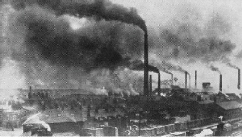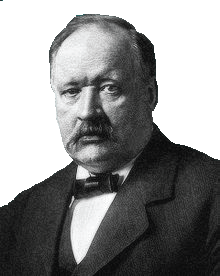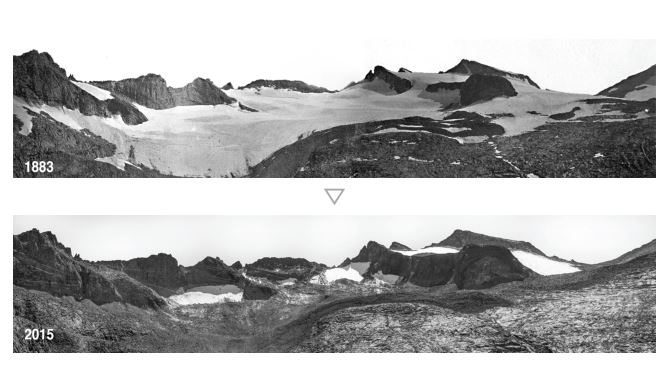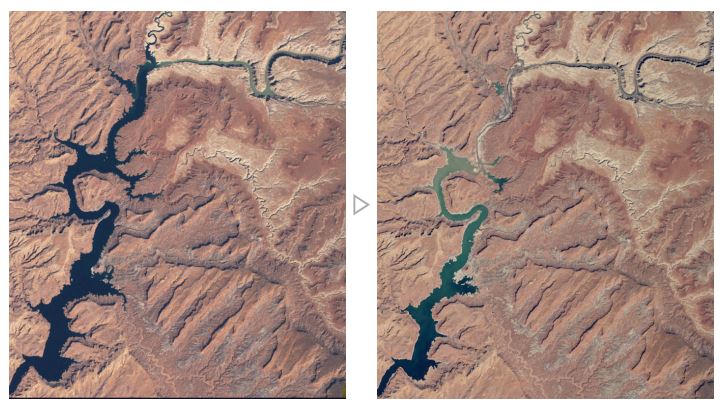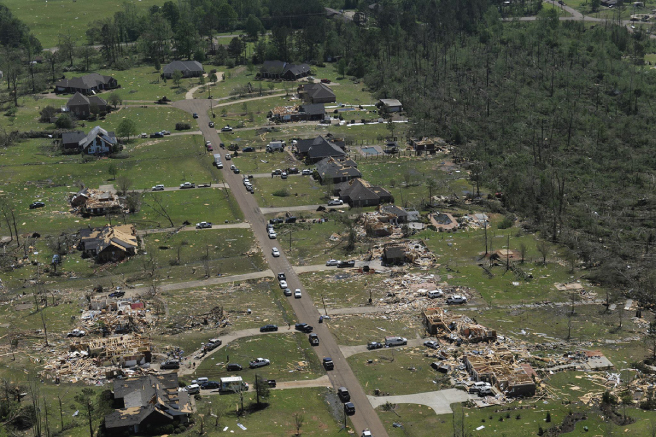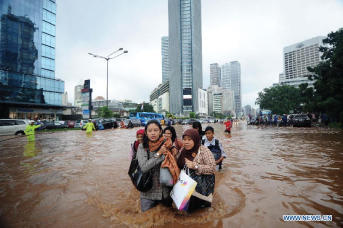The Industrial Revolution (1700s)
The Industrial Revolution began in the 1700s in Britain, before spreading to the rest of the world, starting with the United States. During this era, machinery and mass production were popular phrases spoken on a daily basis. The use of machinery and factories led to mass production, which in turn led to the development of numerous environmental hazards.
The Industrial Revolution was a major turning point in Earth’s ecology. It dramatically affect human development, health and life longevity, social improvements and natural resources, public health, energy usage and sanitation. The Industrial Revolution was mainly propelled by fossil fuel combustion that forever change the way we live and utilize energy. This progression in lifestyle and technology came with an extraordinary costs to our environment, and ultimately to the health of all living things.


